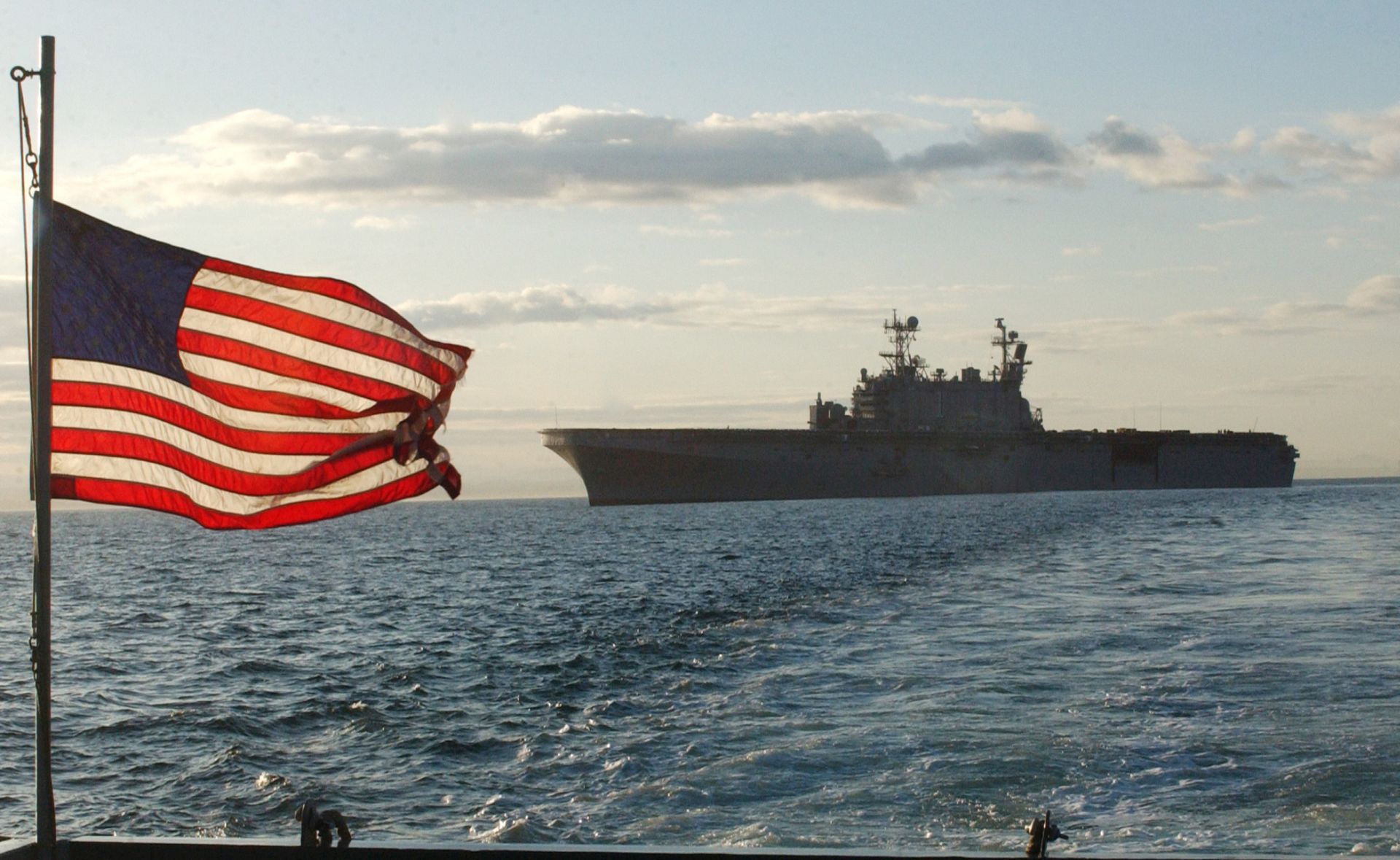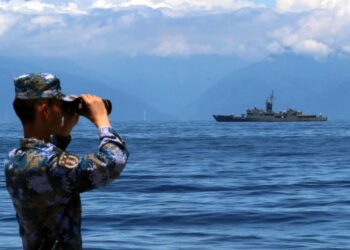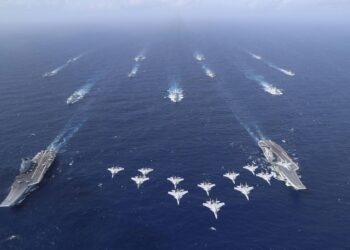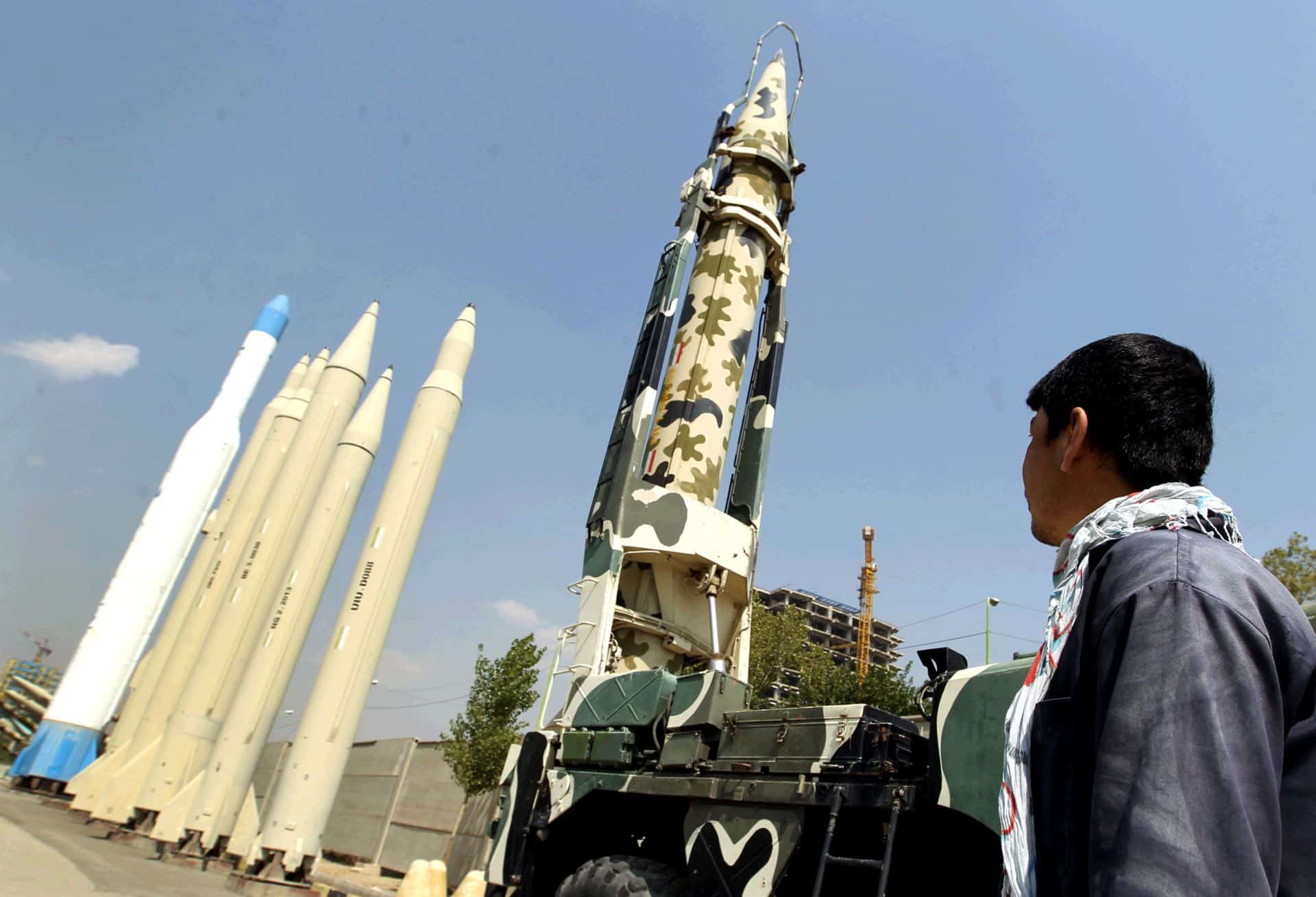The United States has spelled out its maritime security strategy so that all nations understand the American position, David Shear, the assistant secretary of defense for Asian-Pacific security affairs, said during a Pentagon news conference today.
The U.S. will continue to use diplomacy, multilateral institutions and continued engagement to protect free and open access to maritime Asia, while focusing on safeguarding the freedom of the seas, deterring conflict and coercion, and promoting adherence to international law and standards, Shear said.
And he reemphasized previous statements by U.S. officials that the United States takes no position over competing claims for land claims in the South China Sea and the East China Sea.
“We have a vested interest in ensuring that the claims are resolved peacefully and without conflict or coercion,” Shear said, adding, “however, there are several trends — including rapid military modernization growing resource demands and territorial maritime disputes — which have the potential to create instability in this vital region.”.
China’s expansion of disputed features and artificial island construction in the Spratly Islands is a concern, he said.
“While land reclamation is not new, and China is not the only claimant to have conducted reclamation, China’s recent activities outweigh other efforts in size, pace and nature,” he said.
DoD Investing in Capabilities in Asia-Pacific
Shear made it clear the United States will maintain the necessary military presence and capabilities to protect U.S. interests and those of allies and partners against potential threats in maritime Asia.
The United States, he said, is strengthening its military capacity in the region to deter conflict and coercion and respond decisively when needed.
“DoD is investing a new cutting-edge capability, deploying our finest maritime capabilities forward, and distributing these capabilities more widely across the region,” he said. As Defense Secretary Ash Carter has said, “the United States will continue to fly, sail and operate wherever international law allows, as U.S. forces do all around the world,” Shear said.
The United States will continue working with allies and partners across the region to build their maritime capacities.
Leveraging Defense Diplomacy
“We’re building greater interoperability and developing more integrated operations with our allies and partners,” he said.
U.S. officials are leveraging defense diplomacy to build greater transparency, reduce the risk of miscalculation or conflict and promote shared maritime rules of the road, Shear said.
U.S. officials are working with Chinese leaders and with regional officials to put risk reduction measures in place, he said. There is already an agreement for ship-to-ship encounters, Shear noted, adding that he hopes to see an agreement for air-to-air encounters by the end of the year.
The United States is working to strengthen regional security institutions and encourage development of an open and effective security architecture, Shear said. The Association of Southeast Asian Nations is an increasingly important DoD partner, he said, and the department is working closely with that organization.
“Through these venues, we aim to promote candid conversations about ongoing challenges in the maritime domain and encourage greater information-sharing and cooperative solutions,” he said.
Download full report in PDF format:
Asia-Pacific Maritime Security Strategy (262 downloads)










